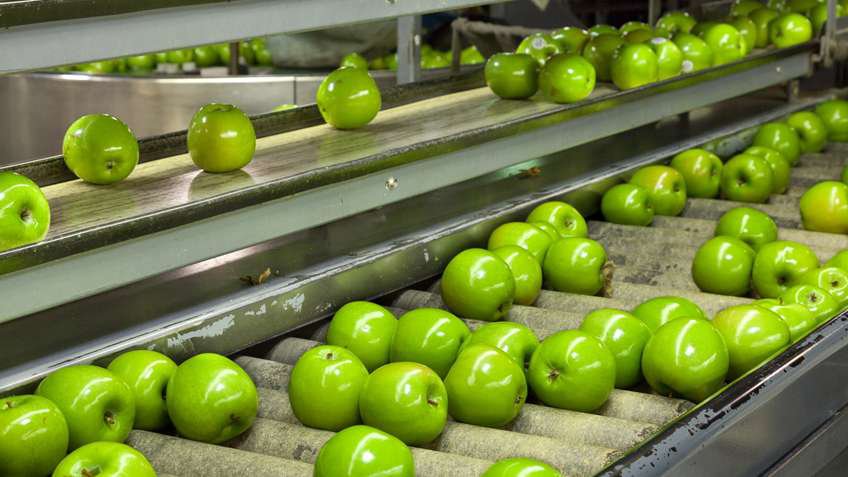Recommended For You
What food companies need to do to meet regulatory demands and deliver a safe product has changed substantially in the last two decades – fortunately, so have the processes and technology that support safety and efficiency.
More and more companies are turning to advanced controls, automation and software to gain plant efficiency and fine tune processes that ultimately help reduce operating costs and the energy consumed per pound of product.
And, they can achieve these results while maintaining a consistently safe process – that's good for the processor, the environment and the consumer.
Working with some of the world's largest producers of prepared foods, baked and snack goods, and confectioneries, I have noted that using automation to improve business results generally happens in three stages:
- Improve process quality and repeatability
- Improve productivity, efficiency and asset utilization
- Achieve the benefits of The Connected Enterprise® through horizontal and vertical integration
Automating to improve process quality and repeatability. During this phase, companies automate to avoid recalls, obtain consistent taste of product and/or reduce waste, WIP and unplanned downtime.
Automating to improve productivity, efficiency and asset utilization. The value proposition at this stage comes in the form of reduced labor, increased output, de-bottlenecked operations, improved yields, increased flexibility to handle increasing numbers of product SKUs, and more.
Automating to achieve the benefits of The Connected Enterprise®. Improved horizontal and vertical integration allows companies to reduce inventory and cost across the entire supply chain, minimize stock outs at the retailer, diminish energy costs, and improve planning, tracking and scheduling methods.
Where are you on the maturity curve?
A holistic, fully integrated approach to the production of food – from the receipt of raw materials to the delivery of packaged products – ensures you can deliver a mix of consistently high-quality, safely produced foods at the lowest per-unit cost without sacrificing taste, uniformity and consistency between plants.
No one has the luxury to produce a small number of products on dedicated lines. Meeting demand while maintaining efficiency requires advanced process control strategies – and specifically model predictive control (MPC) technology.
MPC reduces process variability and inefficiency, improves product consistency, and allows operations to push constraints to the limits.
Solutions such as the Rockwell Software Pavilion8 platform need to continuously assess current and predicted operational data, compare it to desired results, and compute new control targets to reduce in-process variability and improve performance every hour of the operating day.
We can't underestimate the importance of connectivity between software and hardware. Custom solutions can be quite expensive and difficult to maintain as technology is continuously evolving.
Most food companies take the more cost-effective route and adopt an integrated control architecture where components from the device level are designed to interact and connect up through the enterprise system from the start.
Enhanced connectivity, right-sized to a customer's needs, can deliver secure integration of business-critical services and support from production operations across the enterprise.
Enterprise-wide connectivity has become critical to food producers in identifying unnecessary waste and inefficient work cells.
And finally, there's asset utilization. For many food producers, understanding asset utilization can be like drawing a connect-the-dots puzzle from imperfect data.
Data must be collected before it can be connected. With production floors producing mountains of data, the challenge is knowing what data to collect and ensuring it is contextualized and delivered to the right people – turning data into actionable intelligence.
This is where information software and MES systems drawing on plant metrics are positioned to convert data into true manufacturing intelligence to improve decision making and spur innovation.
Several Rockwell Automation customers have detailed their challenges, how we addressed those challenges, and the results we helped them achieve.
Take a moment and decide for yourself whether it is time to look at automation as a way to contain your costs while improving your efficiency.
Published February 1, 2016


